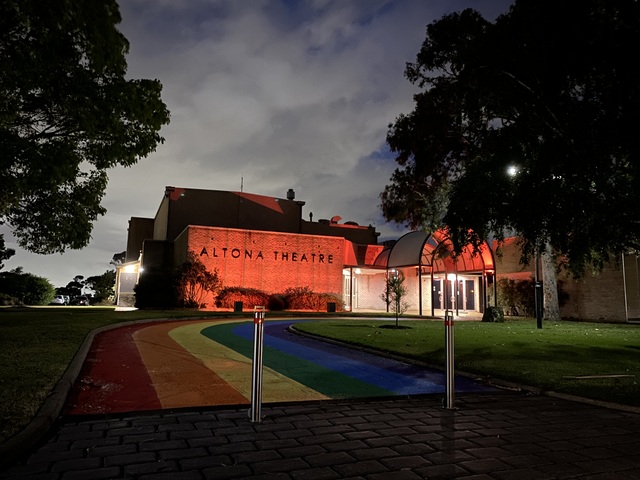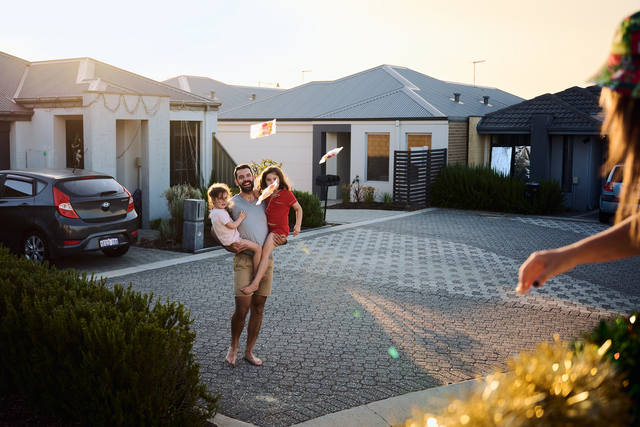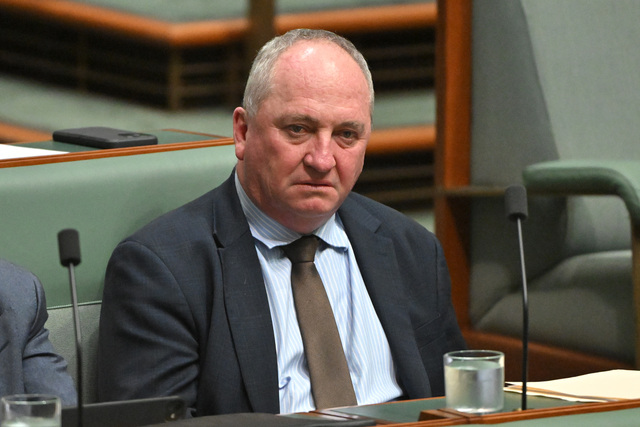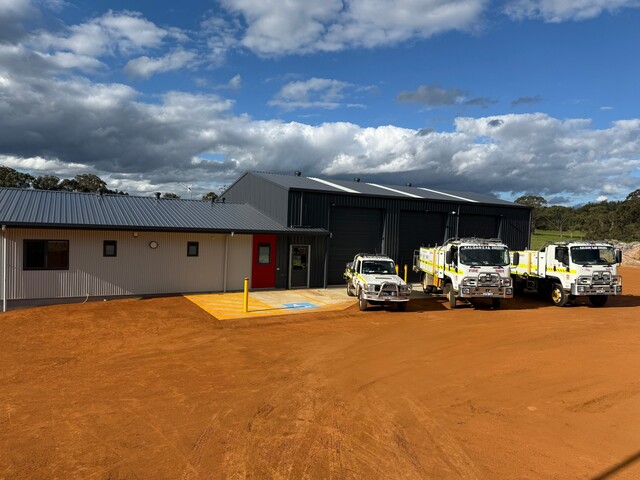One has to feel for Gladys Berejiklian. Left to clean up the mess of her predecessor, the current New South Wales premier has had a difficult month fumbling through press conferences, explaining why her government has decided that, actually, the council mergers that were so vital to the state’s financial sustainability, aren’t actually worth fighting for after all.
As usual, the mainstream press has gone for the throat – accusing Berejiklian of favouring the wants of blue-ribbon metropolitan constituents. “One rule for rich Sydney, another for everywhere else,” suggested the Sydney Morning Herald. (This argument doesn’t quite hold water, considering the Government also backed away from several regional mergers after pressure from the Nationals following the Orange by-election.)
When you boil it down, the NSW Government’s claim that the choice to abandon the remaining inner-city council amalgamations will provide voters more ‘certainty’ is laughable. It’s simply another feeble decision in the utterly farcical amalgamation narrative that has unfolded over the last few years.
Recapping events, it reads like a particularly sticky plot of an episode of The Thick of It or Utopia: councils made to jump through hoops to prove their financial ‘fitness’; a swift shift from voluntary to compulsory reform; a secret KPMG modelling report found to contain significant flaws; protests; court battles; backflips and back downs.
Regardless of the mess that has been made, the Government should have at least finished what it started. Now that the remaining five mergers are off the cards, NSW is left with a mishmash of council boundaries and uneven population sizes.
The merged Canterbury-Bankstown is now a ‘mega-council’ of 360,000 residents, while Hunters Hill – which was part of one of the recently abandoned mergers – has just 14,000 residents. This is a woeful outcome for a merger process that was hoped to bring more uniformity to the sector.
LGNSW – the state’s local government association – has officially welcomed the decision as a victory, but this ignores the plight of councils that cooperated with the State Government, despite losing out.
Hornsby Shire Council – which will not be merged with Ku-ring-gai Council as pushed by the Government – has estimated it will now lose up to $200 million over the next decade because it agreed to sacrifice key territory to Parramatta in the border redraw, assuming the merger with Ku-ring-gai would proceed.
This is a deeply unfair outcome for those councils that chose to comply with the State Government’s wishes and get on with business.
Then there’s the sound of de-amalgamation rumblings on the horizon, which would draw out the merger pain far longer. (Although, merged councils may be appeased by the money – up to $15 million – they were handed as a deal-sweetener, which has already seen a large number of community infrastructure projects developed.)
As New South Wales residents of amalgamated areas get ready to head to the local polls next month, we’re still a long way from ‘certainty’.







